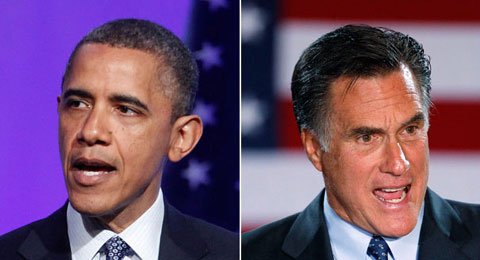
Democratic theory would suggest that during a campaign the candidates carefully explain their views on policy issues, lay out their plans for the future, and identify the areas in which they agree and disagree with their opponents. Then voters, acting rationally, carefully examine the differences among the candidates and decide to vote for the one whose policy views and personal characteristics seem most likely to make him or her the best president.
No doubt there are some voters who operate that way. But they are rare. Although most Americans would like to believe that their vote is the result of a careful assessment of the strengths and weaknesses of the various candidates, the reality is quite different.
In the late 1950s, a group of political scientists at the University of Michigan examined in depth the results of what have come to be called the American National Election Studies (ANES). These were among the first and certainly the best public opinion surveys of American voters. They have since become the gold standard of studies of the American electorate. Every two years–that is every time there is a national election–the American people are surveyed about many things, but especially about the reasons why they voted the way they did.
The early Michigan study produced a book called The American Voter, and its primary conclusion was that the strongest predictor of how an American would vote was that person’s “party identification.” If you thought of yourself as a Republican, it was highly likely you would vote for the Republican candidate for president. If you thought of yourself as a Democrat, you were virtually certain to vote for the Democratic candidate. There might be issues or factors in a particular election year that could force some people to turn away from their party identification and vote for the candidate of the opposition. But such short-term factors would be rare, and they would have to be very powerful to overcome the strength of party identification.
That book was written at a time when parties were much more important in American politics than they are now and when party identification ran much deeper among the voters. Today many Americans profess only weak party identification or, in the case of about 10% of the electorate, no party identification at all. Yet even today the best predictor of a presidential vote is the voter’s connection to one party or the other.
In 2008, for example, Barack Obama got nearly 90% of the votes of self-identified Democrats, and John McCain got a similar percentage from self-identified Republicans. That was consistent with all the recent patterns in American presidential elections. Obama won in 2008 because there were more Democrats than Republicans and because he did slightly better among that small group that declines to identify with either political party.
This reality has a powerful impact on the campaign strategies of the two presidential candidates in 2012. Both are likely to have overwhelming support among voters of their political party. But supporting a candidate and voting for a candidate are two different things. And high on the list of imperatives for both candidates is getting their supporters to turn out and vote on election day.
Between now and then, the candidates will want to say and do everything they can to sustain the support and encourage the enthusiasm of their party faithful. At the same time, however, they will try to reach out to that small group of independent voters who may well determine the outcome of this very close election. And they may even try to wrest some support from people who traditionally identify with the other party.
For example, President and Mrs. Obama have worked hard to reach out to young military veterans. In recent years, military personnel have tended overwhelmingly to vote Republican. The Obamas hope that their outreach effort may attract some of the younger veterans to vote for the President.
At the same time, Mitt Romney, the Republican candidate, is trying to convince some traditional Democratic working-class voters that the President’s policies are the cause of the economic difficulties they currently face and, therefore, they should give their vote to him.
Because the election is likely to be so close, any one of these strategies could significantly affect the outcome. And, knowing that, the candidates will focus a lot of their attention in the weeks ahead on the potential voters with the weakest party identifications.
G. Calvin Mackenzie